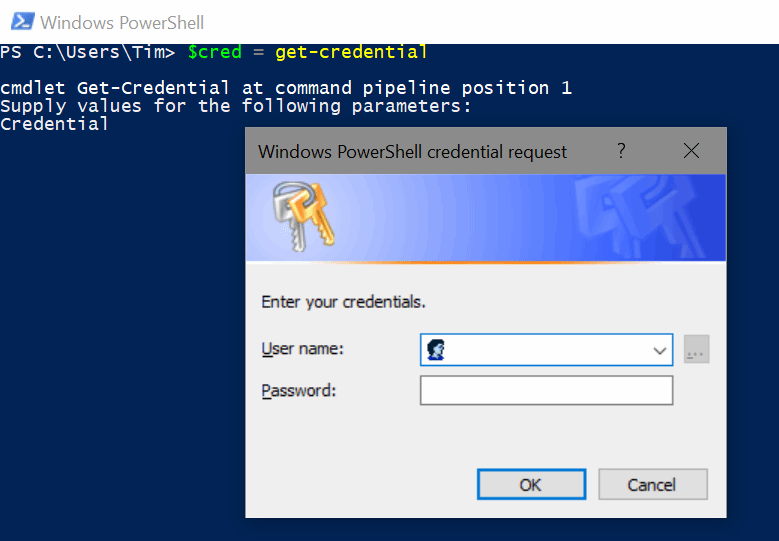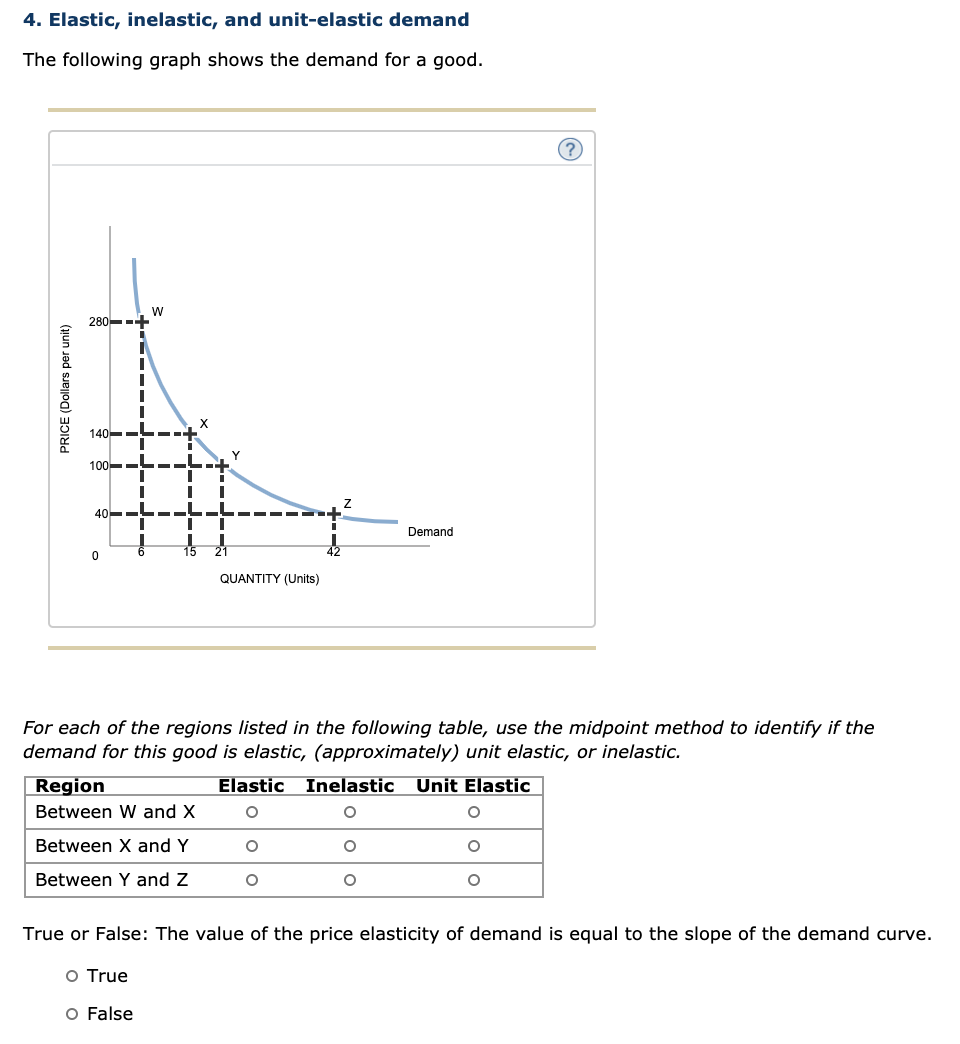

In this demo we’ve strongly typed our variable. Next up is the actual parameter declaration, $one. We won’t do much with it in this demo, but I’ve included it to show there are a variety of attributes you can use with parameters. The HelpMessage is text that will be displayed when the user gets help on your function. When $true, if the user does not enter it they will be prompted to supply a value. This indicates that this is a required parameter, and can be set to either $true or $false. For the first parameter, $one, we have the following block: [Parameter( Mandatory = $true Within we list each parameter, separated by commas.Ī useful feature is the ability to add parameter attributes. Next up are the parameters, inside a param () block.

It must be included in the first line for PowerShell to treat this as advanced. This is the indicator to PowerShell that this is an advanced function. The first line you’ll see in the function is. Note the parenthesis are empty, unlike a basic function advanced ones declare their parameters in a different spot. We start with the function keyword, followed by the name we’ve chosen for the function, in this case Get-BValue. Let’s take a look at the advanced version, Get-BValue. In my Basic Functions post, I created a simple function Get-AValue that multiplied two values together and returned the result. You can display the contents of any variable by highlighting it and using F8/F5. To run a snippet of code highlight the lines you want to execute, then in VSCode press F8 or in the IDE F5. The examples should work in PowerShell 5.1 in the PowerShell IDE, although they’ve not been tested there. In this article I’ll be using PowerShell Core, 7.1.3, and VSCode.

This will be the subject of our next post.įinally, you can use features such as Verbose and Debug, which will be the subject of an upcoming blog post.įor all of the examples, we’ll display the code, then under it the result of our code. Just like a cmdlet, you’ll be able to take input from the pipeline, work with it, then send it out your function back into the pipeline. Second, you can pipeline enable your functions. First, you can create a detailed parameter list, including the ability to include optional parameters. In this post we’ll cover Advanced Functions.Īdvanced Functions provide several abilities over basic ones. In my previous post, I covered the use of PowerShell Basic Functions.


 0 kommentar(er)
0 kommentar(er)
